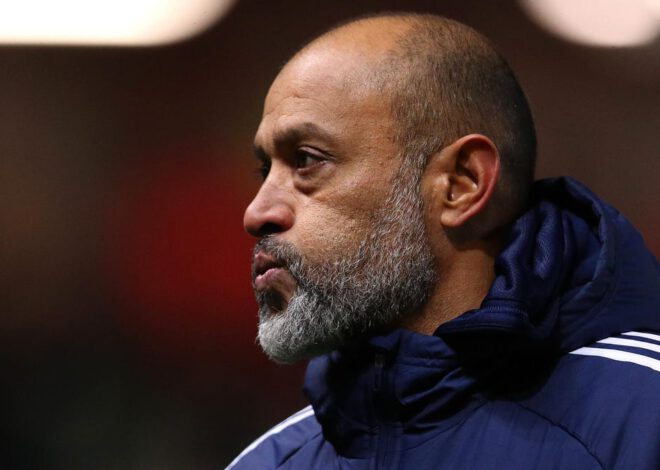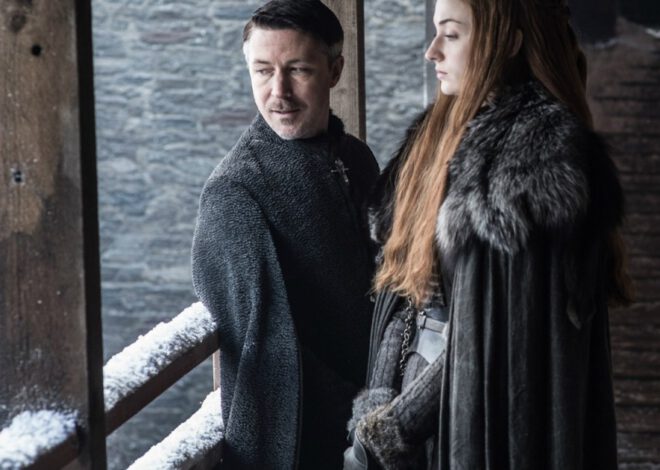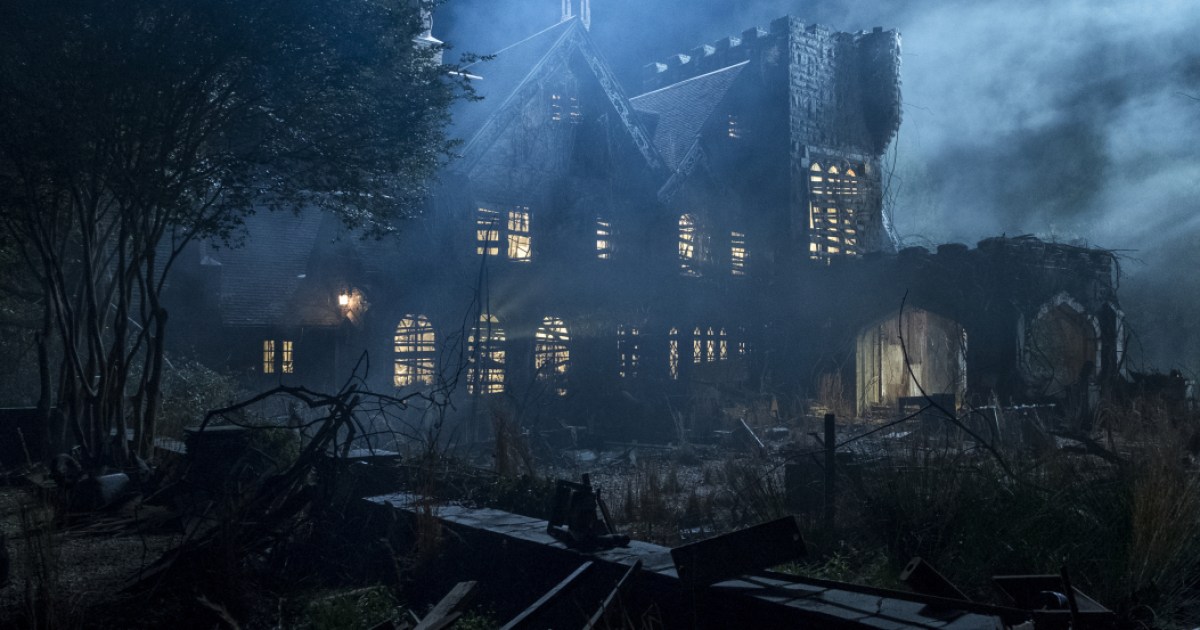
5 years ago, Mike Flanagan made Netflix’s scariest show ever
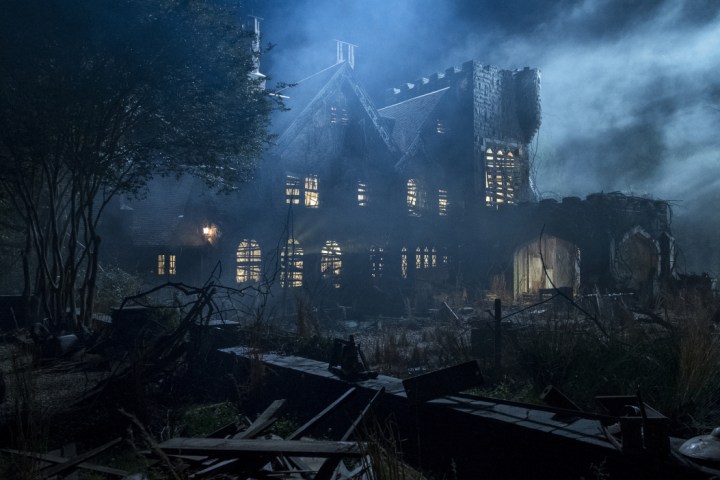 Netflix
Netflix
Over the past five years, writer-director Mike Flanagan has created not just one, but five, limited series for Netflix. Each show, whether it be last year’s The Midnight Club or 2020’s The Haunting of Bly Manor, has boasted Flanagan’s signature blend of intense, character-driven drama and moody horror. At the same time, his collaborations with Netflix, which technically began with 2017’s Gerald’s Game, have allowed Flanagan the chance to wade into different subgenres, including gothic romance, YA horror, and even Giallo horror.
Along the way, Flanagan’s artistic style has gradually become more refined and assured as he himself has transformed from one of his generation’s most promising up-and-coming filmmakers into a bona fide horror auteur. Now, Flanagan is set to bring his long-running partnership with Netflix to an end with The Fall of the House of Usher, a limited horror series based on a collection of Edgar Allan Poe-penned short stories and poems. The series is, without spoiling anything, easily the nastiest, meanest, and most cynical of Flanagan’s Netflix shows, all of which have been successful in their own ways.
However, his scariest and most effective TV project to date may still be his first: 2018’s The Haunting of Hill House. The show is a masterfully directed, impressively cohesive limited series that, along with 2019’s Doctor Sleep, cemented Flanagan as one of America’s best post-Stephen King horror voices. Now, in honor of its five-year anniversary, it’s time to look back and celebrate all the ways in which The Haunting of Hill House deftly avoids its many potential pitfalls and emerges over the course of its 10 episodes as the most simultaneously moving and terrifying original series that Netflix has ever produced.
A faithful adaptation that also changed it up
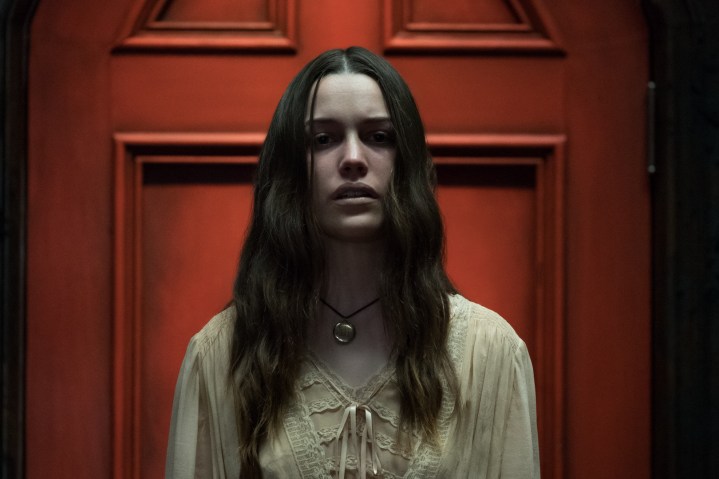 Netflix
Netflix
Loosely based on Shirley Jackson’s 1959 novel of the same name, The Haunting of Hill House follows the Crain family as its members all find themselves terrorized by the supernatural forces of its titular house. Like Stephen King’s IT, the series splits its time between flashbacks to its characters’ experiences as kids living in its central haunted house and present-day scenes that reveal the ways in which they’re still haunted as adults by their time there. When one of them, Nell (Victoria Pedretti), finds herself drawn back to the house, she opens the door for all of her siblings, as well as her father, Hugh (a magnificent Timothy Hutton), to be pulled back into its embrace.
Narratively, The Haunting of Hill House owes a huge debt to both its Jackson-penned source material and the Stephen King stories that served as a clear additional inspiration for it. While its twin-timeline structure will feel undeniably familiar to any well-versed horror fan, Flanagan and his team of writers distinguish it by economically spreading out Hill House’s story across its 10 episodes and centering many of its installments around one individual character. This choice not only makes it easier for Flanagan to manage the show’s blend of present-day and flashback scenes, but it also ensures that Hill House’s initial episodes get to pack in scares that are designed specifically for their respective characters.
Hill House’s sheer scale and ambition add to its effectiveness
Beyond the economy and Swiss-watch nature of its storytelling, what makes The Haunting of Hill House so impressive is how well it works in spite of how many tried-and-true rules it breaks. Unlike so many horror classics before it, most of which take place in one location during one specific period in time (e.g., The Exorcist, The Shining), the scope of The Haunting of Hill House’s story is shockingly massive. The series spans multiple decades, locations, and characters, most of whom spend their present-day scenes apart from each other. Despite these hurdles, Flanagan still manages to make The Haunting of Hill House a suffocatingly scary experience.
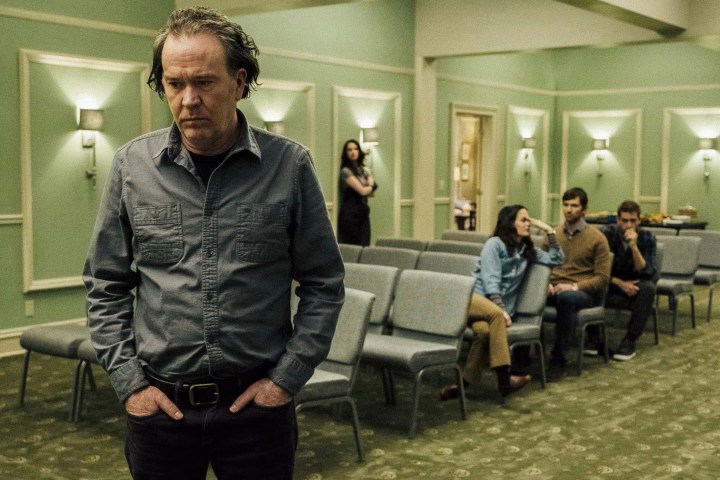 Netflix
Netflix
Flanagan, who directed all 10 of the series’ episodes, creates numerous recurring visual parallels throughout The Haunting of Hill House that stylistically bind its twin timelines together. He uses these motifs to both visually pay off many of the show’s biggest twists (including the finale’s jaw-dropping red door reveal) and further reinforce its core ideas — namely, that the past is a living, breathing thing. The series’ characters spend most of its story repeatedly trying to ignore the horrors of their childhoods without ever facing them head-on — and they’re continuously tormented as a result. In The Haunting of Hill House, the past and present don’t just exist at the same time, but are in active conversation with each other. When those in the present try to ignore that fact, the ghosts of their past only shout that much louder.
The feeling that these choices create is one of inescapable claustrophobia. From the moment it begins to the moment it ends, there is a sense that the show’s eponymous house is all-encompassing and that we are, as one of its characters eventually says, just being slowly digested by it. The size of that achievement cannot be overstated, especially given the length and scope of The Haunting of Hill House. There are 90-minute horror movies that don’t feel as viscerally smothering as Flanagan’s first Netflix series, which is why it still deserves to be in the running as his greatest accomplishment to date.
The Haunting of Hill House is streaming now on Netflix.

